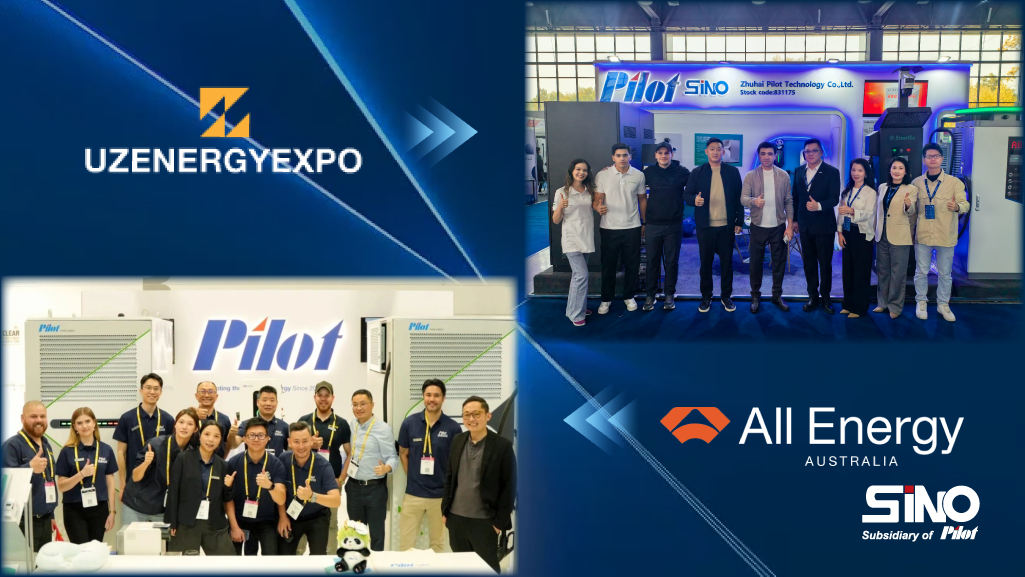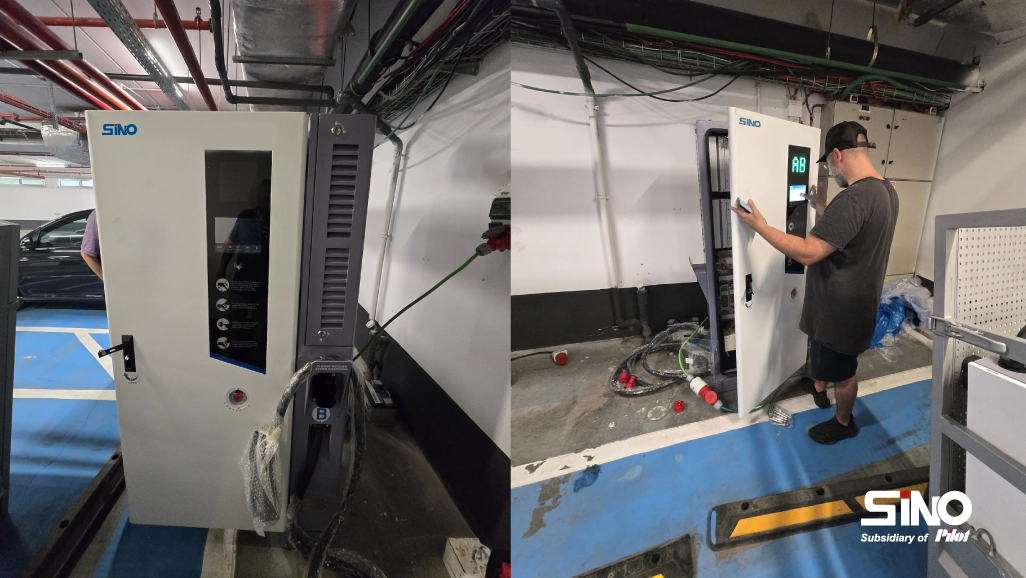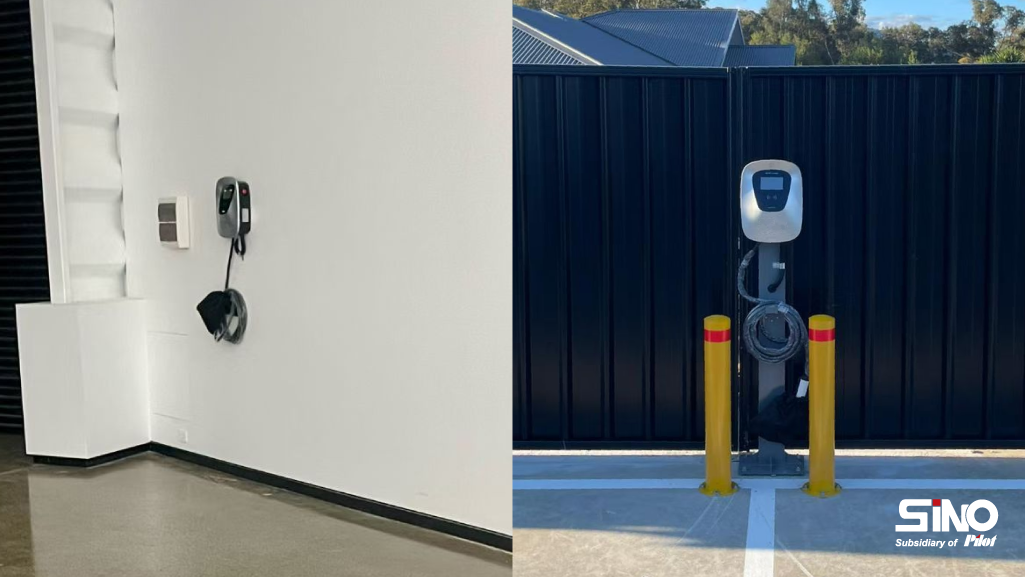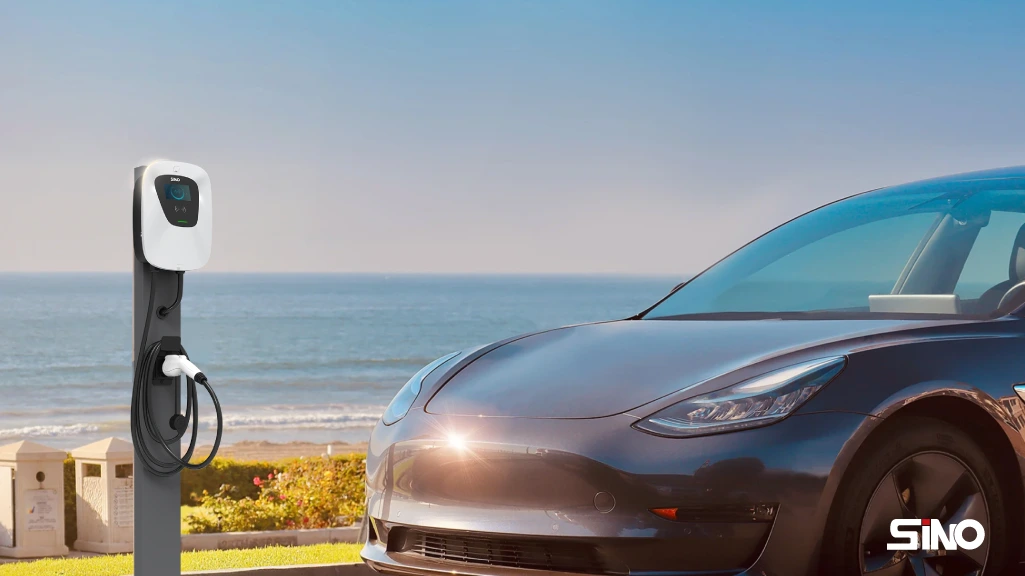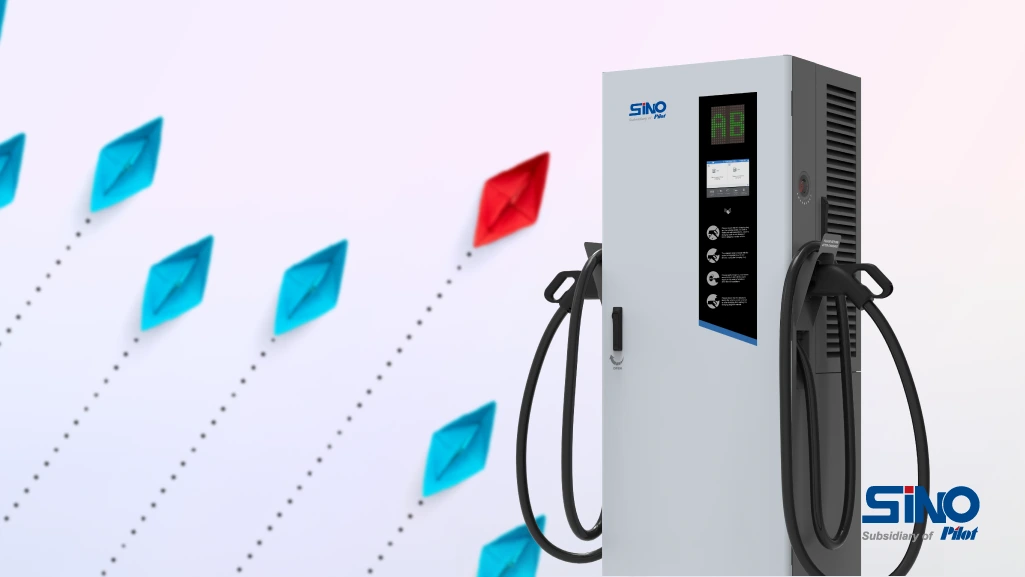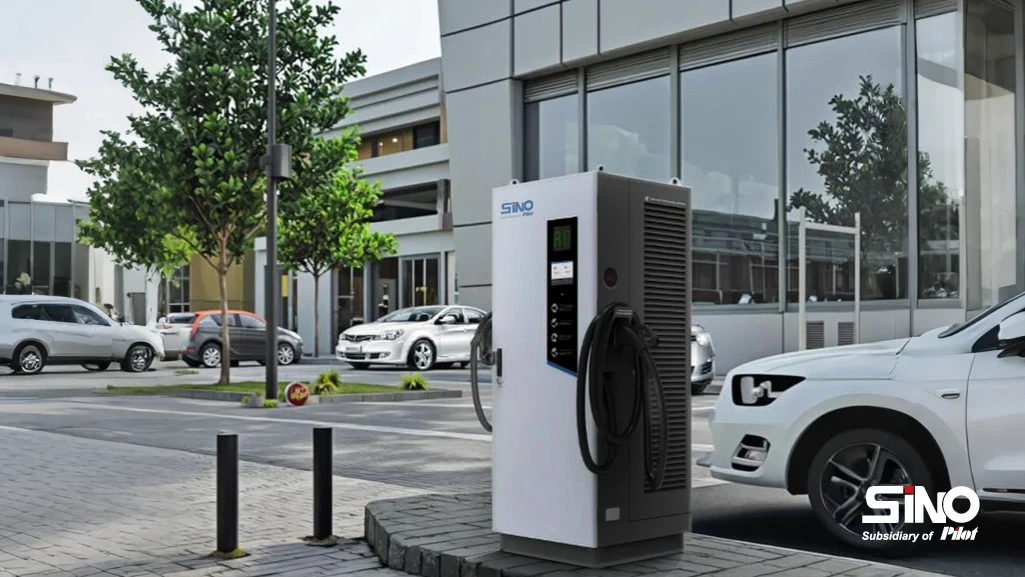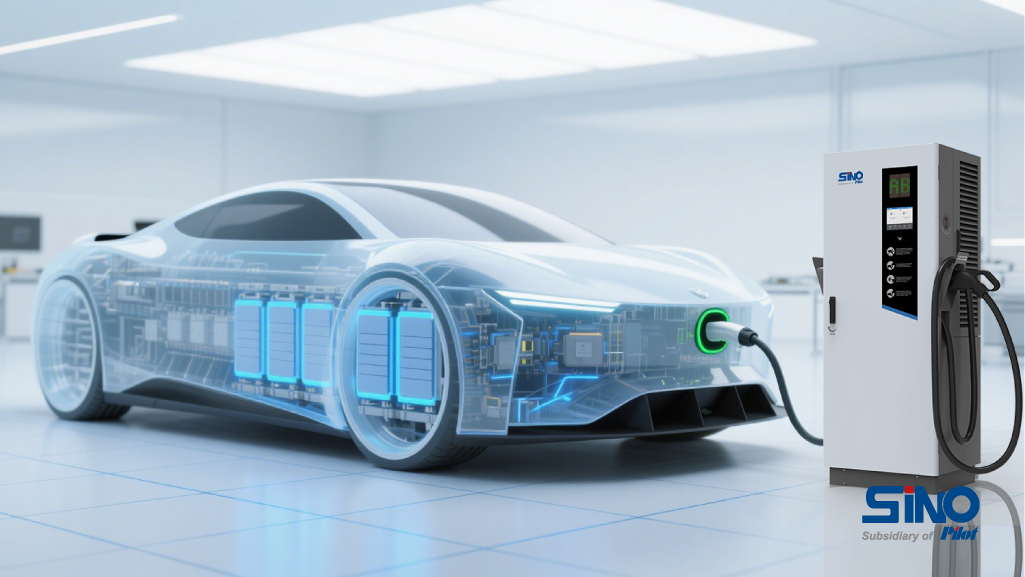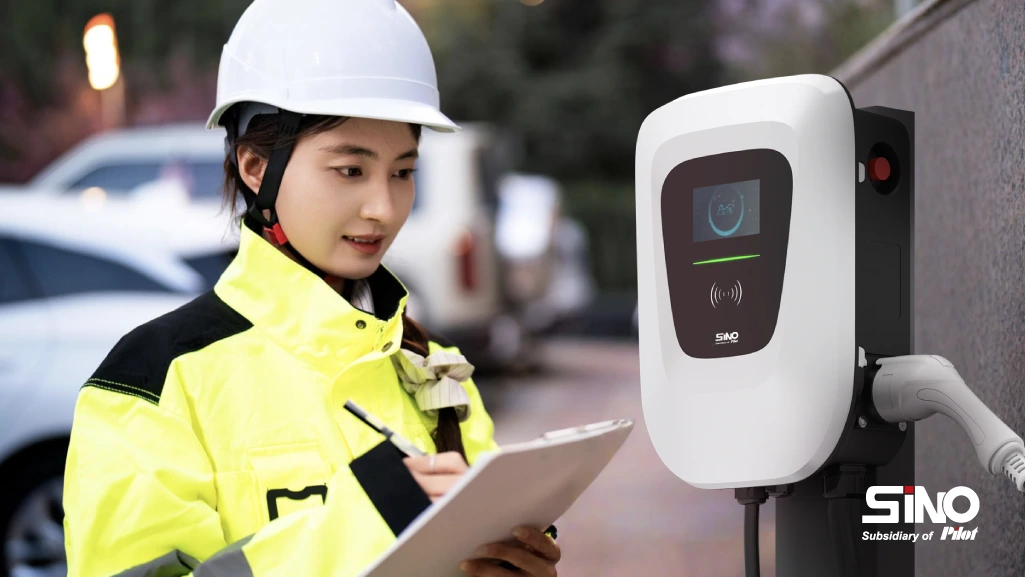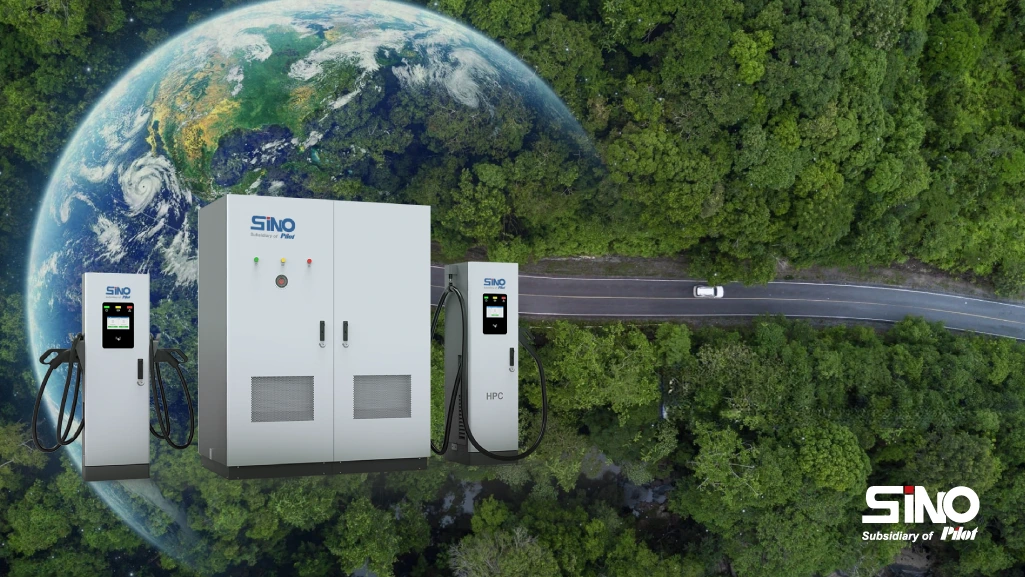With the popularity of new energy vehicles, the role of charging stations as petrol stations is becoming increasingly important.
But do you know? The cost of the charging station is not just as simple as the equipment itself, it is also affected by many external factors. Let’s take a look of this article.
The basic composition of the charging station
As the energy supply station for electric vehicles, the structure of a charging post is far from simple. Below, we analyse the core components of a charging post one by one:
Charging Module
Function: The charging module is the heart of the charging station, and its main task is to convert the incoming alternating current (AC) into the direct current (DC) required by the electric vehicle. This conversion process must be efficient and stable to ensure that electric vehicles can be charged quickly and safely.
Cost share: Since the charging module involves complex power electronics and high-quality materials, it accounts for a significant portion of the total cost of the charging station, about 30-40 percent.
Technical point: The design of charging module needs to consider many aspects such as conversion efficiency, heat dissipation performance, stability and safety. In addition, with the development of fast charging technology, the charging module also needs to support higher power output.
Control system
Function: The control system is the brain of the charging station, which is responsible for monitoring the whole charging process, ensuring the stable output of current and voltage, and at the same time need to deal with all kinds of abnormal situations and protection measures.
Cost: Since the control system involves complex hardware and software design and development, its cost is relatively high, accounting for about 20% of the total cost of the charging station.
Technical points: The design of the control system needs to take into account a number of aspects such as real-time, stability, scalability and security. In addition, with the development of smart charging technology, the control system needs to support more intelligent functions, such as charging reservation and remote control.
Human-computer interaction interface
Function: HCI is the bridge between the charging station and the user, which provides input/output devices such as display screens, buttons, etc. to facilitate the user’s charging operation and information enquiry.
Cost: The cost of HCI is relatively low, accounting for about 10% of the total cost of the charging station.
Technical point: The design of HCI needs to consider many aspects such as ease of use, reliability and aesthetics. In addition, with the development of touch technology and Internet technology, the HCI interface needs to support more interaction methods and information services.
Enclosure and Heat Dissipation System
Function: Shell and heat dissipation system is the protective shell of the charging station, which not only protects the internal components from the influence of the external environment, but also ensures the timely distribution of internal heat to maintain the normal operation of the charging station.
Cost proportion: the cost of the shell and heat dissipation system accounts for about 15% of the total cost of the charging station.
Technical points: The design of the shell needs to take into account the protection level, weather resistance and aesthetics and other aspects. The design of the cooling system needs to take into account the cooling efficiency, noise control and maintenance convenience.
Connection Cable and Plug
Function: Connection cables and plugs are the link between the charging post and the electric vehicle, they are responsible for transferring the power output from the charging post to the battery of the electric vehicle.
Cost: The cost of connection cables and plugs is relatively low, accounting for about 5-10% of the total cost of the charging station.
Technical point: The design of connecting cables and plugs needs to take into account a number of aspects such as electrical performance, mechanical performance and safety performance. In addition, with the development of fast charging technology, the connection cable and plug need to support higher current and voltage transmission.
Cost analysis in depth
The cost of charging station is not only affected by the technology and manufacturing process of the equipment itself, but also by the combined effect of multiple external factors such as scale, policy and region.
Cost fluctuations caused by technological differences
Technical differences between fast charging and slow charging: In order to meet the needs of fast charging of electric vehicles, fast charging stations (level 3 ev charging stations) must adopt more advanced technologies and materials. For example, high-power charging modules can provide greater current and voltage, but this also means higher R&D and manufacturing costs. At the same time, the control system of fast charging stations is also more complex, and the charging process needs to be controlled more accurately to ensure safety and efficiency.
Cost impact: Due to the advanced nature of these technologies and materials, the equipment cost of fast charging stations is usually 2-3 times that of slow charging stations. This reflects the direct impact of technological progress on costs, but it also means that fast charging stations may be priced higher in the market.
Scale effect
The relationship between production scale and cost: In the manufacturing industry, the expansion of production scale can often lead to a reduction in unit cost. This is because large-scale production can reduce the procurement cost of raw materials, improve production efficiency, reduce waste, and share fixed costs.
Scale effect of charging stations: When the production volume of charging stations increases from 1,000 to 10,000 units, the unit manufacturing cost can be reduced by about 20%-30% due to the above-mentioned scale effect. This means that as the market expands and the scale of production increases, the manufacturing cost of charging stations is expected to gradually decrease.
Policy and market environment
Impact of government subsidy policies: In order to encourage the development of new energy vehicles, many governments will provide subsidies for charging station construction projects. These subsidies can directly reduce the R&D and production and manufacturing costs of charging stations, thereby alleviating the economic pressure on enterprises.
Actual case: For example, in order to encourage the development of new energy vehicles, some local governments provide subsidies of up to 30%-50% for charging station construction projects. This subsidy policy can greatly reduce the actual investment cost of enterprises and accelerate the promotion and popularization of charging stations.
Regional differences
Impact of extreme climate on charging stations: In extreme climate areas, such as cold areas, charging stations need to use low-temperature resistant materials to ensure normal operation in harsh environments. These special materials are often more expensive, which increases the equipment cost of charging stations.
Increased operation and maintenance costs: In addition to equipment costs, extreme climates may also increase the operation and maintenance costs of charging stations. For example, in cold regions, charging stations may require more frequent heating and de-icing operations to ensure the normal operation of the charging interface. These additional operation and maintenance requirements will lead to an increase in operation and maintenance costs, which may usually increase by 20%-30%.
Conclusion
From the price of raw materials to energy costs to policy and market environment, each link may become a key factor affecting the cost of ev charging station. The cost composition of charging stations is complex, involving multiple links and factors. With the rapid development of the new energy vehicle market, the ev charging station industry is also facing great opportunities and challenges. For consumers, understanding the cost of components and analyzing the charging stations will help them understand more about this emerging market.
If you are looking for charging station manufacturers, you can learn more about our factory Zhuhai Sino Energy Technology Co., Ltd. We hope that our products can help you, and we hope that today’s sharing can give you a deeper understanding of charging station.
Our social:
Facebook: www.facebook.com/sinoevc
Instagram: www.instagram.com/sinoevc
Linkedin: www.linkedin.com/company/sinoevse
Youtube: www.youtube.com/@sinoevc
Twitter: www.twitter.com/sinoevc

“Better Charging for Better Life”
—ZHUHAI SINO ENERGY TECHNOLOGY CO., LTD.





